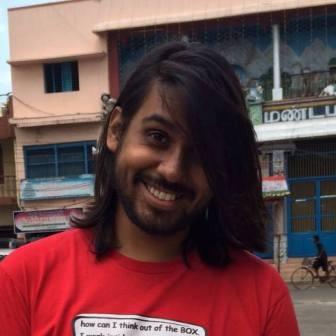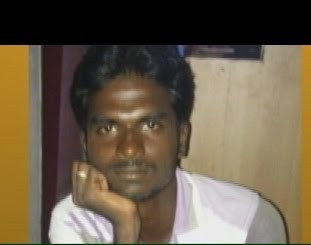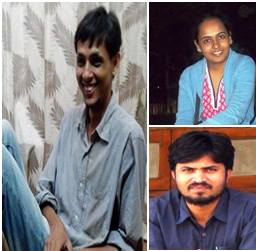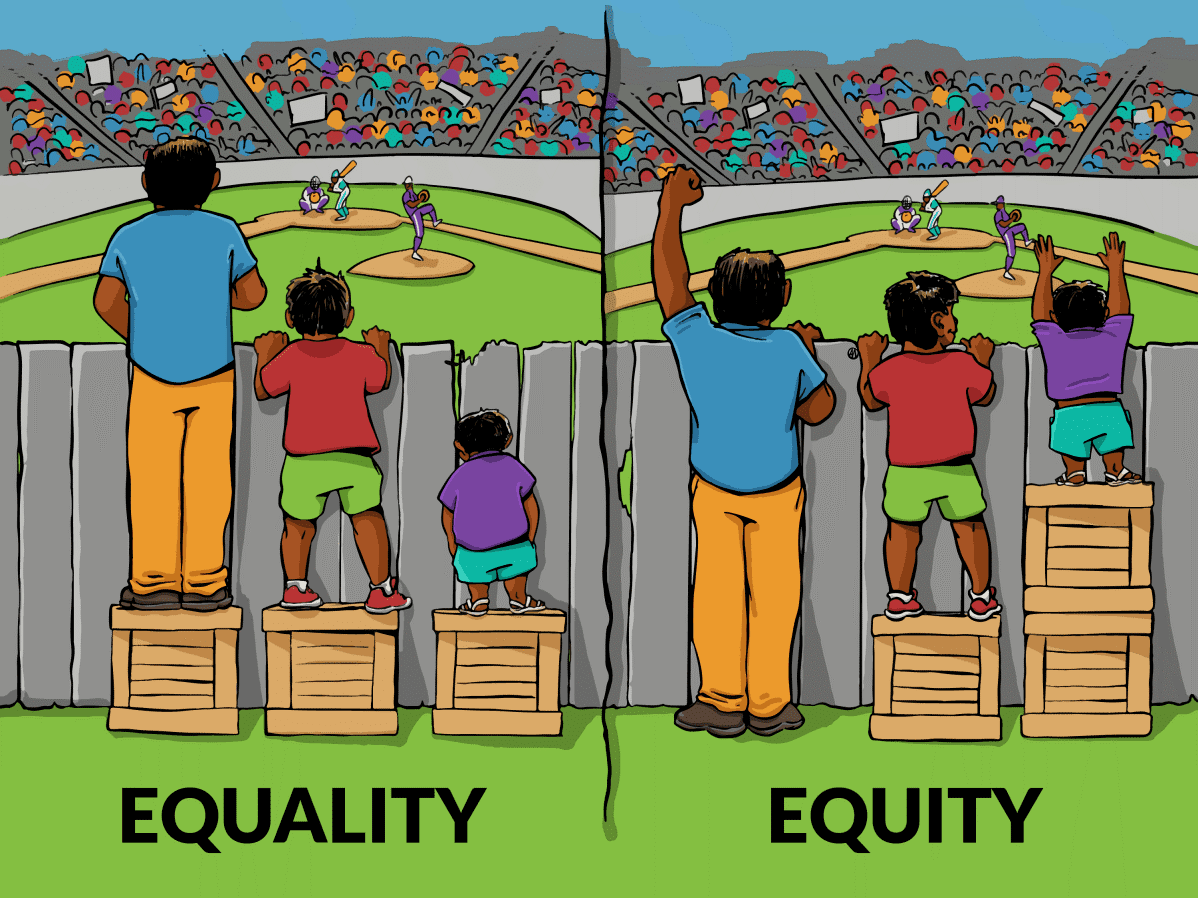Dhrubo Jyoti
 I work with a major mainstream media house in the national capital, one that has hundreds of employees but no diversity policy, that ensures almost all journalists are drawn from urban, dominant-caste backgrounds. This is an irritant on most days but the effect of this on reportage has been particularly galling during the recent wave of atrocities on Dalit people.
I work with a major mainstream media house in the national capital, one that has hundreds of employees but no diversity policy, that ensures almost all journalists are drawn from urban, dominant-caste backgrounds. This is an irritant on most days but the effect of this on reportage has been particularly galling during the recent wave of atrocities on Dalit people.
India’s editors like to pretend that caste is a problem in the countryside, not in the newsroom where everyone is chasing some elusive “objective” truth. As a result, the “objective” truth often involves problems of the city dominant-caste elite. If you read India’s biggest newspapers, you’d think the country’s biggest problem is the lack of parking space.
There are two scenarios when the savarna newsroom wakes up to the caste – which is forever an angle and never something that got them their cushy jobs.
The first is when there are demonstrations against reservations, giving savarna opnion writers enough space to write about how the “broken” affirmative action system is causing India’s downfall. This is ironic because a glance at Indian media would tell you that such affirmative action is most needed inside mainstream media, to save the quality of reporting if for nothing else.
The second scenario is where there are atrocities against Dalitbahujan people. This is because, in keeping with the traditional caste system, the savarna newsroom measures the importance of stories by the number of dead bodies. It seeks to supplant the absence of Dalitbahujan journalists — who could have provided context and perspective – with gory photos of Dalit dead bodies.
As a result, there is sporadic coverage of systemic caste oppression that festers in the country because it doesn’t make for good visuals and involves dominant-caste journalists getting their feet muddy, and not just get the opinion of dominant-caste experts and analysts.
Some of this has changed since January, when the massive nationwide churning over the death of PhD student Rohith Vemula forced news editors to take note of growing anti-caste assertions.
They could no longer fall back on their two favourite excuses: that it wasn’t a national story or that there wasn’t enough reader interest. The number of readers on stories from Hyderabad on the historic struggle against casteist government and university authorities was off the charts and the issue rocked Parliament with thousands of people protesting on the streets.
But the coverage couldn’t hide the shameful fact that when Vemula and his friends were expelled, there was little coverage of the blatantly illegal and casteist activity for months. The mainstream media, so used to stings and investigative pieces, chose to not devote any resources to dig out the collusion of senior ministers or right-wing groups.
This tendency surfaced yet again during the ongoing anti-caste protests in Gujarat. The mainstream media wants people to think that they were sensitive to the plight of the four Dalit men who were flogged by cow-protection vigilantes. But the truth is that coverage focused on Una days after the thrashing, only when a video of the incident went viral and sparked spontaneous protests across the state.
The savarna editors didn’t care as much about the caste atrocity, but about the number of page views the video would get them. They only acted after sustained social media campaigns and pressure from alternative platforms.
They rushed their mostly dominant-caste reporters to the state, who pretended that visits by prominent politicians such as Rahul Gandhi was the story from Una, not the four men or caste atrocities. Whatever little ground reporting happened came from the handful of Dalitbahujan journalists.
Every discussion of the incident in television studios featured dominant caste experts who pretended that the real question was that how the anti-caste agitations by Dalit protesters would affect elections in Uttar Pradesh and Gujarat. Dalits were nameless, faceless and leaderless vote-banks, who could be “influenced” to vote for a particular party – it was as if 200 million people had no mind or intellect of their own.
Though the real story was the courageous protests by traditional cow skinners, who refused to pick up carcasses, savarna newsrooms kept their focus on the fate of savarna leaders in upcoming elections. Many showed visuals of the rotting carcasses and called it a challenge to the RSS but never dwelled on the significance of the protests – it is as if the savarna anchors took it for granted that their audience will know that Dalits are forced to be scavengers. In hindsight, this was not surprising because a sense of caste superiority – and associated power — often transcends region and class.
Savarna journalists also frequently lumped the Patel and Dalit protests together and “analysed” their impact on the upcoming elections, despite the fact that both movements had directly opposing purposes – one wanted to re-establish the hegemony of an influential community while the other was fighting against centuries of oppression.
A few days later, media pivoted away from Una to the resignation of chief minister Anandiben Patel – the OB vans haven’t left Gandhinagar since and politics has become the centre of the coverage, pushing out anti-caste assertions.
When I asked a senior journalist why all Una coverage was focused on elections, I was told that the polls was the real story – it was the “so what” of the coverage. This is instructive because movements demanding the annihilation of caste and associated privileges cannot be the “real story” for newsrooms that thrive on such caste privileges.
This leads to two other problems. When a 14-year-old Dalit girl was raped and forced to consume acid, and subsequently died in Delhi, many in the media didn’t specify her caste location and the argument given was: She was raped because she was a girl, not a Dalit – as if caste is an “angle” that people can take off and put on at will.
What mostly dominant caste reporters failed to see that her parents were safai karmacharis, a profession dominated by Dalits who are vulnerable to exploitation and oppression. A fundamental lack of understanding about caste, and how it operates in daily lives in mixture with gender, class and sexuality, led to this.
The second case came a week later when a Dalit couple was beaten to death by a Brahmin shopkeeper in Uttar Pradesh. While most newspapers mentioned the caste of the couple, none mentioned that of the killer – as if only Dalit people have caste.
It’s important here to note the contribution by the few Dalit Bahujan, adivasi journalists in mainstream media houses who churn out work under trying circumstances, the role of a robust social media and the influence of alternative platforms such as Round Table India or Savari.
The current condition of the Indian newsroom cannot be blamed on the right wing. Most of these savarna-dominated newsrooms have highly qualified, highly educated journalists who are liberal, believe in free speech and say they don’t believe in caste but falter with anti-caste coverage. This cannot change until newsrooms have hundreds of Dalit, Bahujan and Adivasi journalists, followed by a survey of Indian newsrooms – on the lines of the caste census. Only that will save Indian media.
~~~
Dhrubo Jyoti is journalist based in New Delhi.










